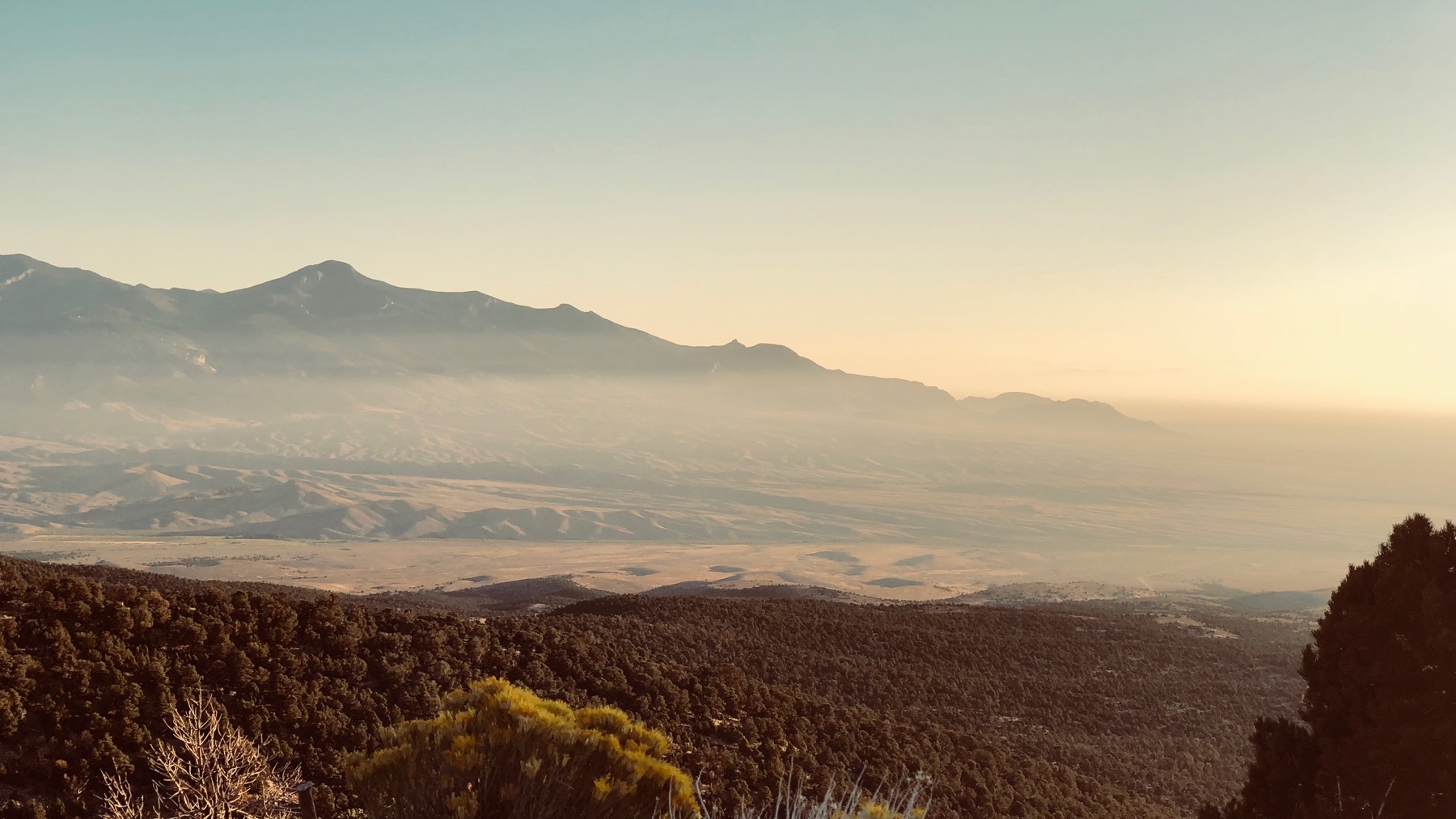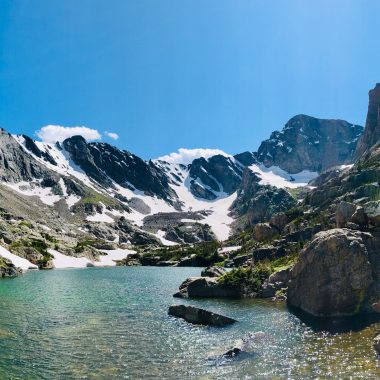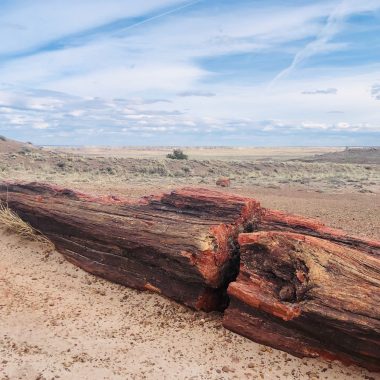Just across the western border of Utah lies one of the lesser-known and lesser-visited National Parks– Great Basin National Park. At it’s heart, Wheeler Peak soars 13,000 feet above the basin, punctuating the Snake Range which cuts through the park.

The main visitor center is several miles outside the park’s eastern boundary. It’s highly recommended that you stop there on your way into the park to get an orientation on the park’s history and features. There are several campgrounds within the park, all of which are situated at 7500 feet or higher elevation. Bring warm clothes for the cool evenings! We stayed at the Baker Campground, just above 7500 feet. Great Basin is famous for being a dark sky site, and hosts an annual astronomy festival, which happened to coincide with our visit. The skies were clear and the Milky Way was on full display both nights in the park. There are numerous things to do in the park. In addition to stargazing, you can explore the many trails (hiking as high up as Wheeler Peak in the summer and early fall). Great Basin is also famous for the Lehman Caves, which can be explored on a guided toured with a ranger.

But the absolute most stunning highlight of the park is the Bristlecone Pine grove which sits above 10,000 feet of elevation near Wheeler Peak. It’s about a 3 mile round trip hike from the Wheeler Peak campground to get to the grove. If you visit the park, do not miss this hike! Bristlecone pines are among the oldest living things on earth. They can live as long as 5000 years. Bristlecone bark is so hearty that, even after the trees die, their trunks can remain standing for thousands more years… like ghosts of nature’s past.

Bristlecone Pines are so hearty they can withstand just about anything nature throws at them– wildfires, being completely buried in ice and snow during the winter, insect infestations, you name it. Their bark feels like concrete– cool, solid, and impermeable to the touch. If you’ve ever felt petrified wood, it’s very close to that. The Bristlecone trunks grow in sinewy and amorphous patterns that could have fallen right out of a Van Gogh painting. Each tree is its own unique wood sculpture. They are truly awe-inspiring.

Great Basin is a very remote National Park. It’s about a four hour drive from either Salt Lake City or Las Vegas, and six hours from Reno. Those are the closest airports. Fortunately, we were road-tripping to Mammoth Lakes from Utah via Hwy 50 and were able to tack on this stop along the way. Given the remoteness of its location, there really aren’t many options for accommodations near the park. Bring your tent or RV, warm clothes, and an adventurous spirit!





